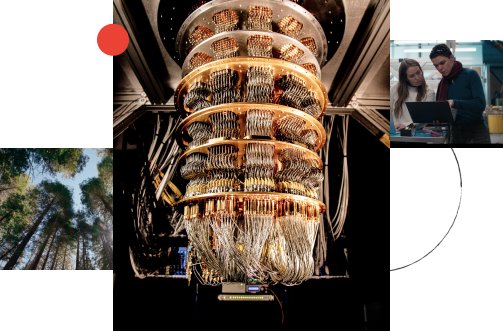Practical Gammatone-Like Filters for Auditory Modeling
Abstract
This paper deals with continuous-time filter transfer functions that resemble tuning curves at particular set of places on the basilar
membrane of the biological cochlea and that are suitable for practical VLSI implementations. The resulting filters can be used in
a filterbank architecture to realize cochlea implants or auditory processors of increased biorealism. To put the reader into context,
the paper starts with a short review on the gammatone filter and then exposes two of its variants, namely, the differentiated all-pole
gammatone filter (DAPGF) and one-zero gammatone filter (OZGF), filter responses that provide a robust foundation for modeling
cochlea transfer functions. The DAPGF and OZGF responses are attractive because they exhibit certain characteristics suitable for
modeling a variety of auditory data: level-dependent gain, linear tail for frequencies well below the center frequency, asymmetry,
and so forth. In addition, their form suggests their implementation by means of cascades of N identical two-pole systems which
render them as excellent candidates for efficient analog or digital VLSI realizations. We provide results that shed light on their char-
acteristics and attributes and which can also serve as “design curves” for fitting these responses to frequency-domain physiological
data. The DAPGF and OZGF responses are essentially a “missing link” between physiological, electrical, and mechanical models
for auditory filtering.
membrane of the biological cochlea and that are suitable for practical VLSI implementations. The resulting filters can be used in
a filterbank architecture to realize cochlea implants or auditory processors of increased biorealism. To put the reader into context,
the paper starts with a short review on the gammatone filter and then exposes two of its variants, namely, the differentiated all-pole
gammatone filter (DAPGF) and one-zero gammatone filter (OZGF), filter responses that provide a robust foundation for modeling
cochlea transfer functions. The DAPGF and OZGF responses are attractive because they exhibit certain characteristics suitable for
modeling a variety of auditory data: level-dependent gain, linear tail for frequencies well below the center frequency, asymmetry,
and so forth. In addition, their form suggests their implementation by means of cascades of N identical two-pole systems which
render them as excellent candidates for efficient analog or digital VLSI realizations. We provide results that shed light on their char-
acteristics and attributes and which can also serve as “design curves” for fitting these responses to frequency-domain physiological
data. The DAPGF and OZGF responses are essentially a “missing link” between physiological, electrical, and mechanical models
for auditory filtering.
